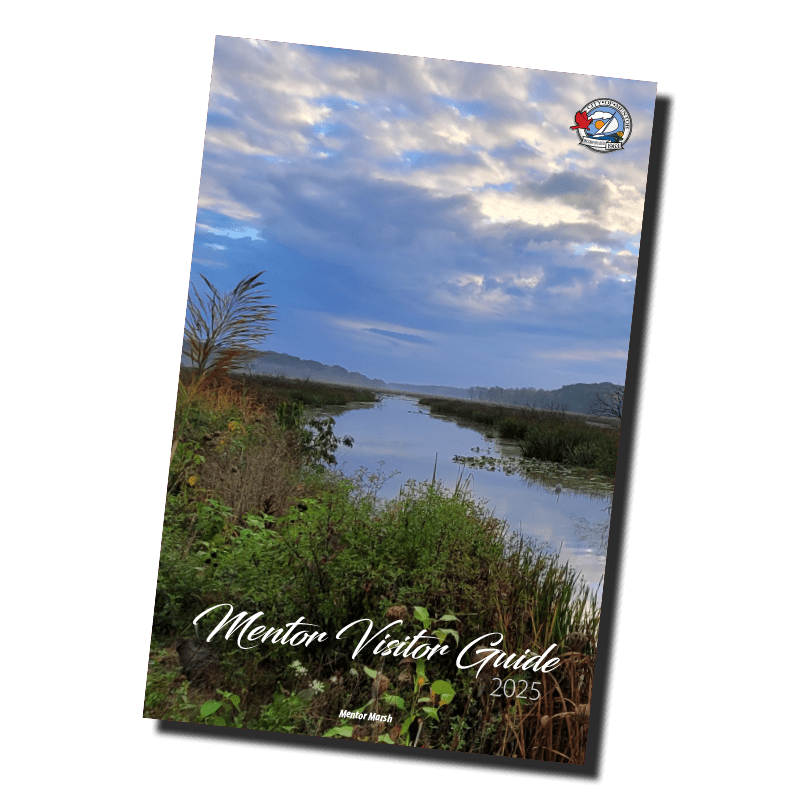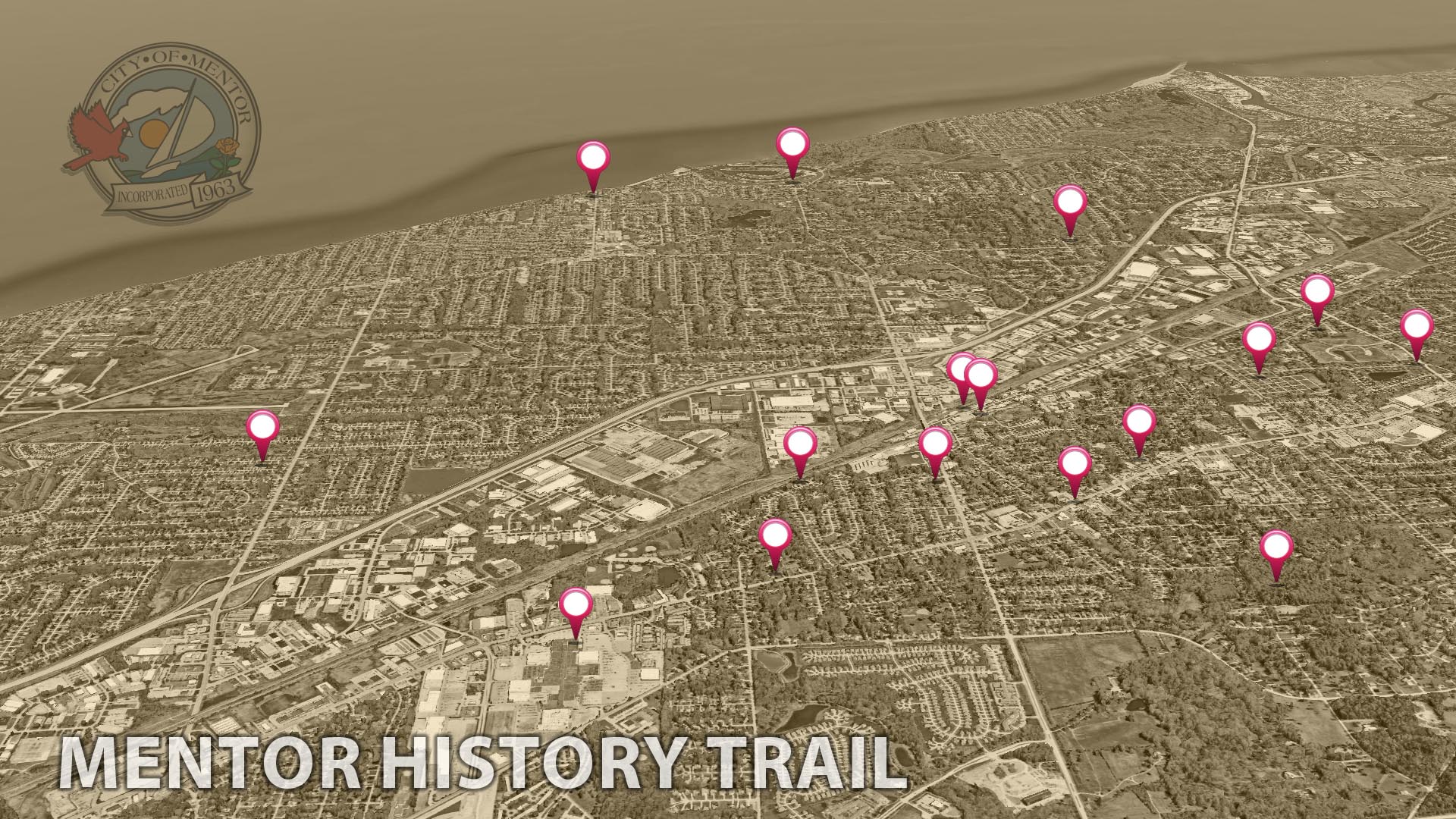
First founded in 1797, Lake County’s largest city evolved from a quiet farming community to a vibrant city of 50,000 residents and 1,700 businesses.
A lot has changed over the past 225+ years but the enduring spirit of our founders remains.
We invite you to explore local sites of interest including the James A. Garfield National Historic Site, where the 20th President of the United States conducted his iconic front-porch campaign in 1880. We’ve identified landmarks throughout the city that help tell our story…what was and in some instances, what could have been. Each stop reveals stories of pioneers, industrialists, and local heroes who shaped Mentor into what it is today.
We hope you enjoy your journey!
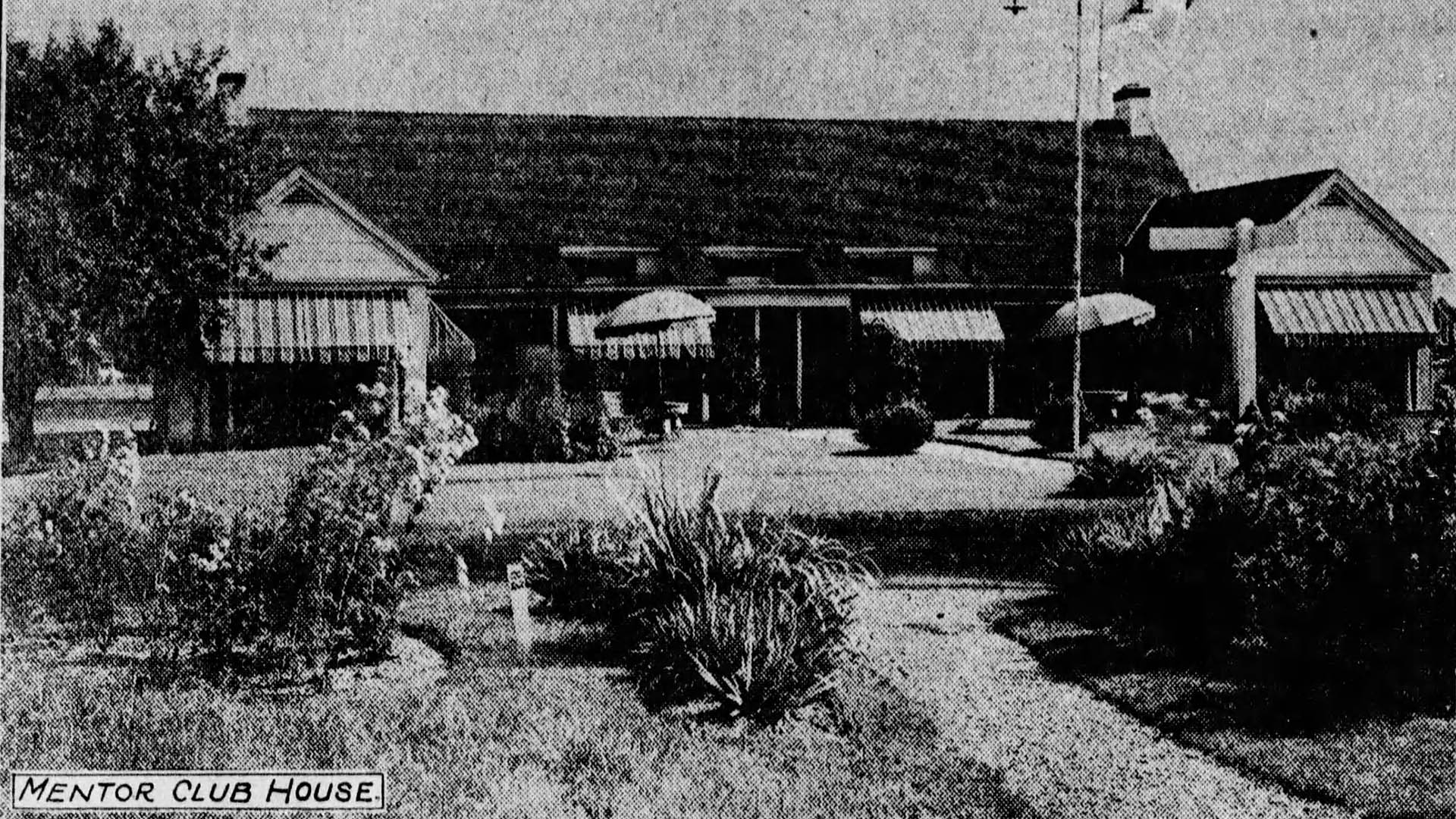
In 1920, the Williams Murphy Company of Cleveland, Ohio began marketing their brand-new development – Mentor Headlands Park – for those seeking summer homes. 50’ x 150’ homesites could be had for as little as $400. A few years later, they expanded their plans by envisioning a year-round development which included beach access as well as country club membership offering bathing, tennis, golf, and more.
The Mentor Headlands Country Club opened as a private nine-hole course in September 1924 and was expanded to 18 holes in 1928.
The great depression hit in October 1929 and the country club went into bankruptcy that winter. It was purchased by E.N. Mathews of Mentor and reopened the next spring as the Black Brook Golf Club which operated until 1938. In 1951, the course was purchased by Floyd Hopkins and reopened as the semi-private Blackbrook Golf Course…and has been in continuous operation since.
The course was purchased in 2005 by the city of Mentor.
Black Brook has welcomed golfers for over a hundred years and the city of Mentor is committed to sustaining the course’s reputation as one of the finest around for the next century as well.
Learn more about the history of Black Brook.To book a tee time, visit www.blackbrookgolf.com.
Black Brook Golf Course is located at 8900 Lakeshore Boulevard, Mentor, OH, 44060.
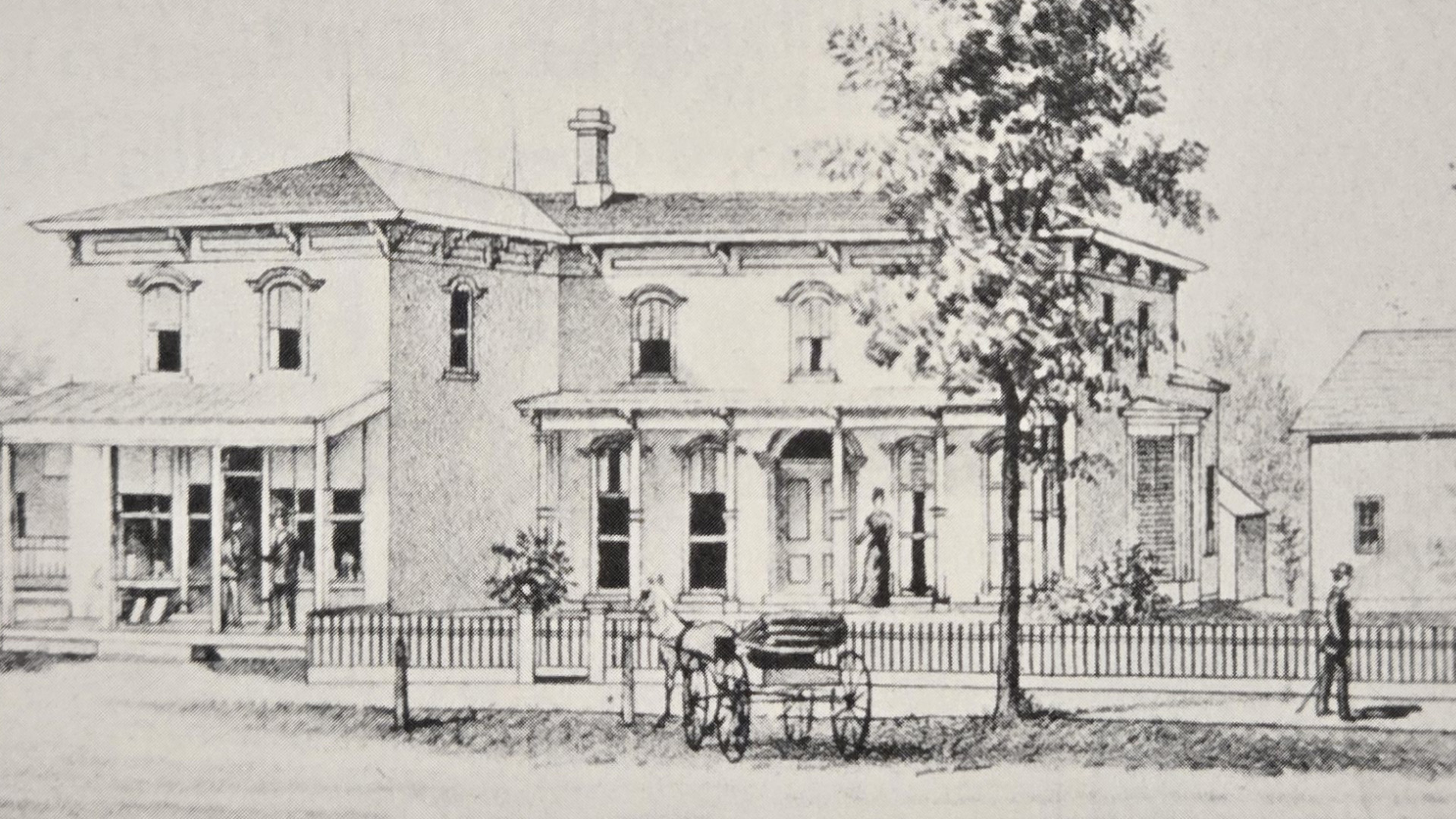
One of Mentor’s oldest structures is the Gray-Coulton House located at the corner of Mentor Avenue and Maple Street. Originally built in 1868 by Martin Gray, it has served as a seed store, general store, grocery store, and dry goods. In recent years, the storefront has housed antique shops, photographers, and even a gun shop.
The building has withstood the test of time and serves as a reminder of Mentor’s rural past when shops were both home and business for the proprietor, and served as community gathering areas accessed via horse and wagon or on foot.
In fact, President James A. Garfield often visited the store when at home in Mentor.
The building was added to the National Register of Historic Places in 1975.
The Gray-Coulton House is located at 8615 Mentor Avenue, Mentor, Ohio
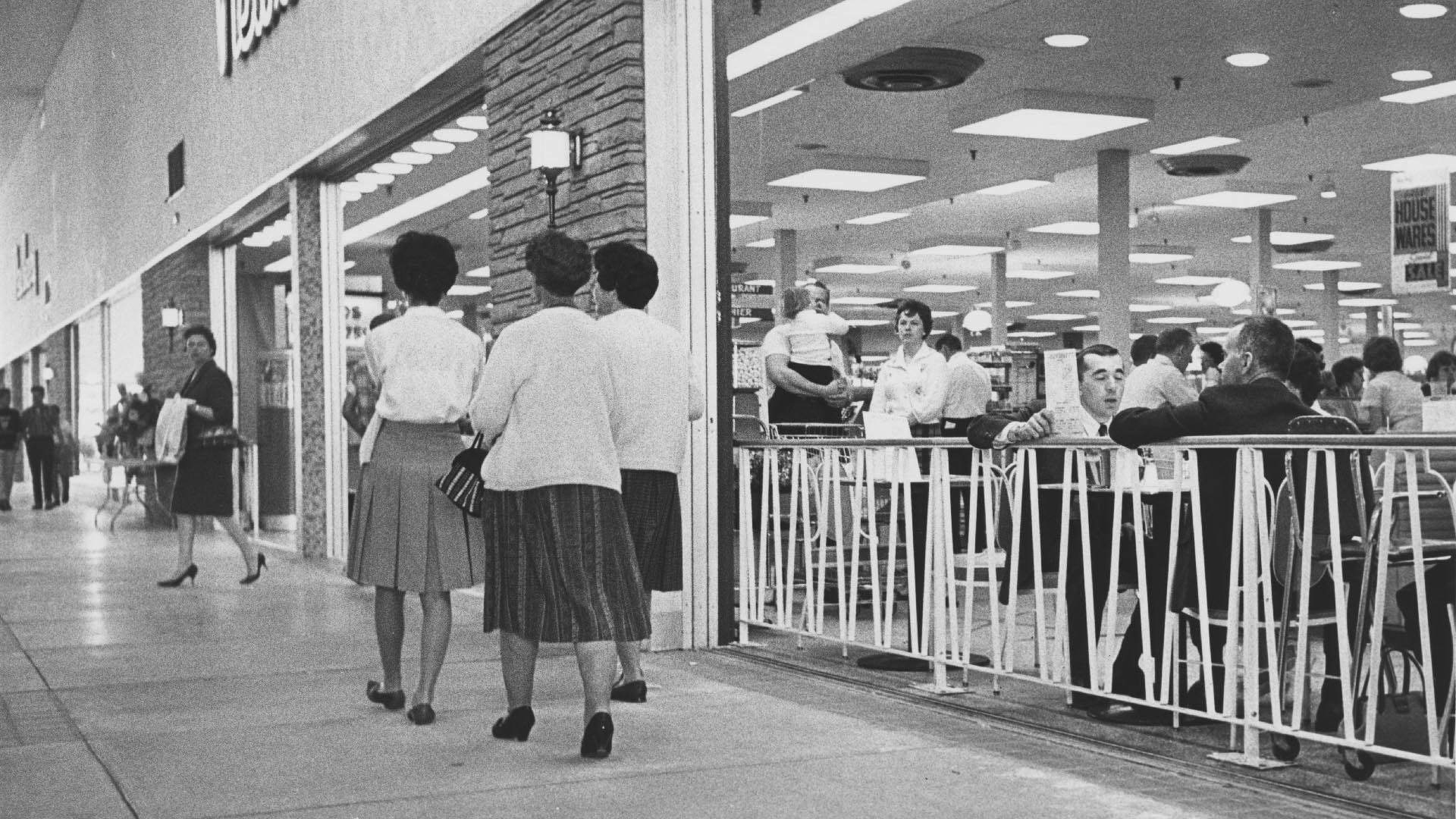
It may seem a bit funny to include a mall but history is a funny thing indeed. Things that were new or innovative become common and are eventually classified as historic…which is the case with the Great Lakes Mall.
In 1959, Mentor Township was a sleepy rural community dominated by agriculture. Nurseries were still the main industry at the time although Mentor Village had set its eye on the future by designating the property along the railroad tracks and the new Lakeland freeway (Route 2) for industrial development.
Based on a growing population (Lake County and Mentor) and its proximity to Cleveland, Edward DeBartolo made plans to build a shopping mall on a strawberry field along Mentor Avenue.
When it opened in 1961, the Great Lakes Mall was the largest shopping complex in the country. It was an open-air shopping center with just one anchor store – JC Penney. In 1964 the May Company was added to the complex and their wing was enclosed. By the end of the 1960s the entire mall was enclosed for all weather shopping.
Online shopping has certainly taken its toll on traditional retail, but the Great Lakes Mall continues to thrive by continuing to adapt to modern trends. What was deemed the “middle of nowhere” in the early 1960s has become the center of Mentor’s commercial success.
Great Lakes Mall is located at 7850 Mentor Avenue, Mentor, OH 44060.
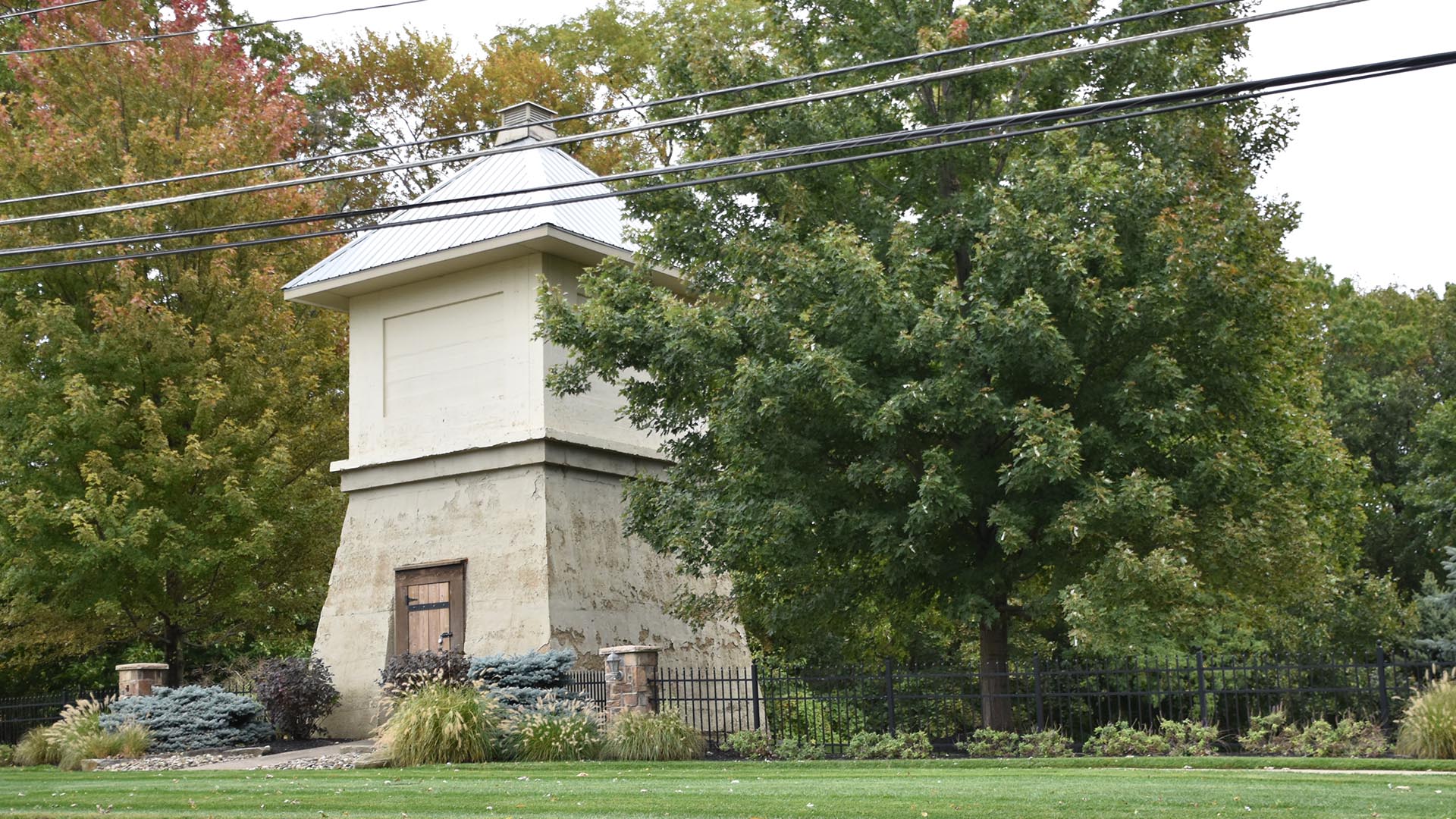
The stone tower, located on the south side of Jackson Street, just before Heisley Road, has been a fixture for over 100 years. Thousands of cars pass this familiar Mentor landmark each day, yet few, if any know what it is.
The structure dates was built in the early 20th Century by rosarian Michel Horvath, whose stone farmhouse also still stands on the north side of the street. Back in the day, the farm included rose fields, a cider mill, and this stone tower – which served as both an icehouse and water tower for the farm.
During the winter, chunks of ice hewn from Lake Erie, were hauled and stored in the bottom portion of the tower for cooling well into the summer. Meanwhile, water was pumped to the upper portion of the structure from a nearby natural spring. The ingenious design used piping and gravity to feed the water back to their barn to run the cider mill.
With the arrival of City water and refrigeration, the structure eventually outlived its usefulness but due to its hearty construction, stood the test of time. It was repaired in 2007 and stands as a stalwart reminder of a bygone age.
The tower is located on private property at 6653 Spring Gardens Drive and is not accessible to the public, but is visible from Jackson Street.

Congressman James A. Garfield and wife Lucretia purchased the Dickey Farm in Mentor in 1876 and immediately went to work renovating it to accommodate their large family. Garfield split his time between “the farm” in Mentor and Washington D.C.
And it was in every sense a real, working farm – fields were planted with crops and the family keep horses, sheep and other livestock. The Garfield family later noted that the Mentor property served as a welcome retreat for him as it was the only place he could lay aside the political concerns of the day and relax.
In 1880, Garfield attended the Republican National Convention in Chicago to nominate his friend John Sherman for president. After dozens of deadlocked ballots, Garfield’s name was unexpectedly put forward, and to his surprise and chagrin, he won the nomination.
Over the next five months, more than 17,000 well-wishers and curiosity seekers visited his Mentor farm by train, carriage, and on foot. Cleveland reporters dubbed the farm “Lawnfield” and the moniker stuck. The first “front porch campaign” helped Garfield win the election and become the 20th president of the United States.
His presidency was tragically brief, as he was struck by an assassin’s bullet in July 1881 and succumbed to his injuries in September of that year.
After his death, the Garfield family continued to reside in Mentor. In 1885, Lucretia Garfield added a memorial library to the home to preserve her husband’s books and papers, establishing what is widely recognized as the first presidential library.
In 1936, the family donated the home and much of its original furnishings to the Western Reserve Historical Society. In 1980, Congress designated the property a National Historic Site, and it was jointly managed by the Western Reserve Historical Society and the National Park Service (NPS). During the 1990s, the home underwent an extensive restoration to reflect its appearance in the 1880s, both inside and out. The NPS assumed full ownership of the historic site in 2008 and has managed it ever since.
Today, President Garfield’s home is open for year-round tours, bringing to life the history of our 20th president and his family at the James A Garfield National Historic Site which is located at 8095 Mentor Ave, Mentor, OH 44060.
Learn more about Garfield’s Legacy in Mentor.
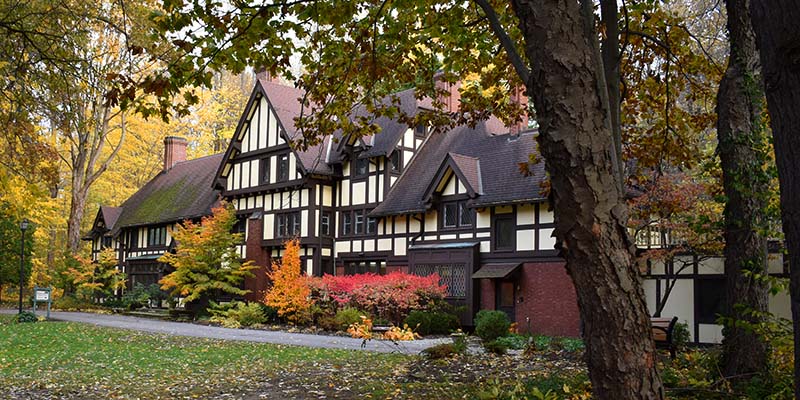
Cleveland industrialist John G. Oliver and his wife, May, purchased 34 acres on Little Mountain Road to build what would become Wildwood Estate. The Olivers commissioned Abram Garfield, son of the late President James Garfield, to build the manor home. Garfield had studied architecture at M.I.T. and through his own Cleveland architectural firm had become noted as one of the most important residential architects in Cleveland. Construction of Wildwood lasted nearly three years and upon completion, was one of the earliest renderings of the English Tudor Revival style in Northeast Ohio. The home contains 25 rooms including 9 bedrooms; 3 of which were used by servants, 8 fireplaces, a full basement, and a third floor ballroom.
Shortly after John Oliver’s death in 1939, his daughter Margaret Oliver Collacott and her husband Robert Collacott, inherited the estate which remained in the family until 1980, when Mentor city officials, realizing the great value of preserving the property, approached his heirs to discuss the possible sale of the property for preservation as a park that all Mentor residents could enjoy. They negotiated a purchase price of $300,000 for the entire estate including the Manor House. The home was placed on the National Register of Historic Places by the United States Department of the Interior that year and opened to the public in December 1980. Today, it is the hub of history, arts, and culture programming in the city of Mentor.
Learn more about classes, programs, and rental opportunities at the Wildwood Cultural Center.
Wildwood Cultural Center is located at 7645 Little Mountain Rd., Mentor , OH 44060.
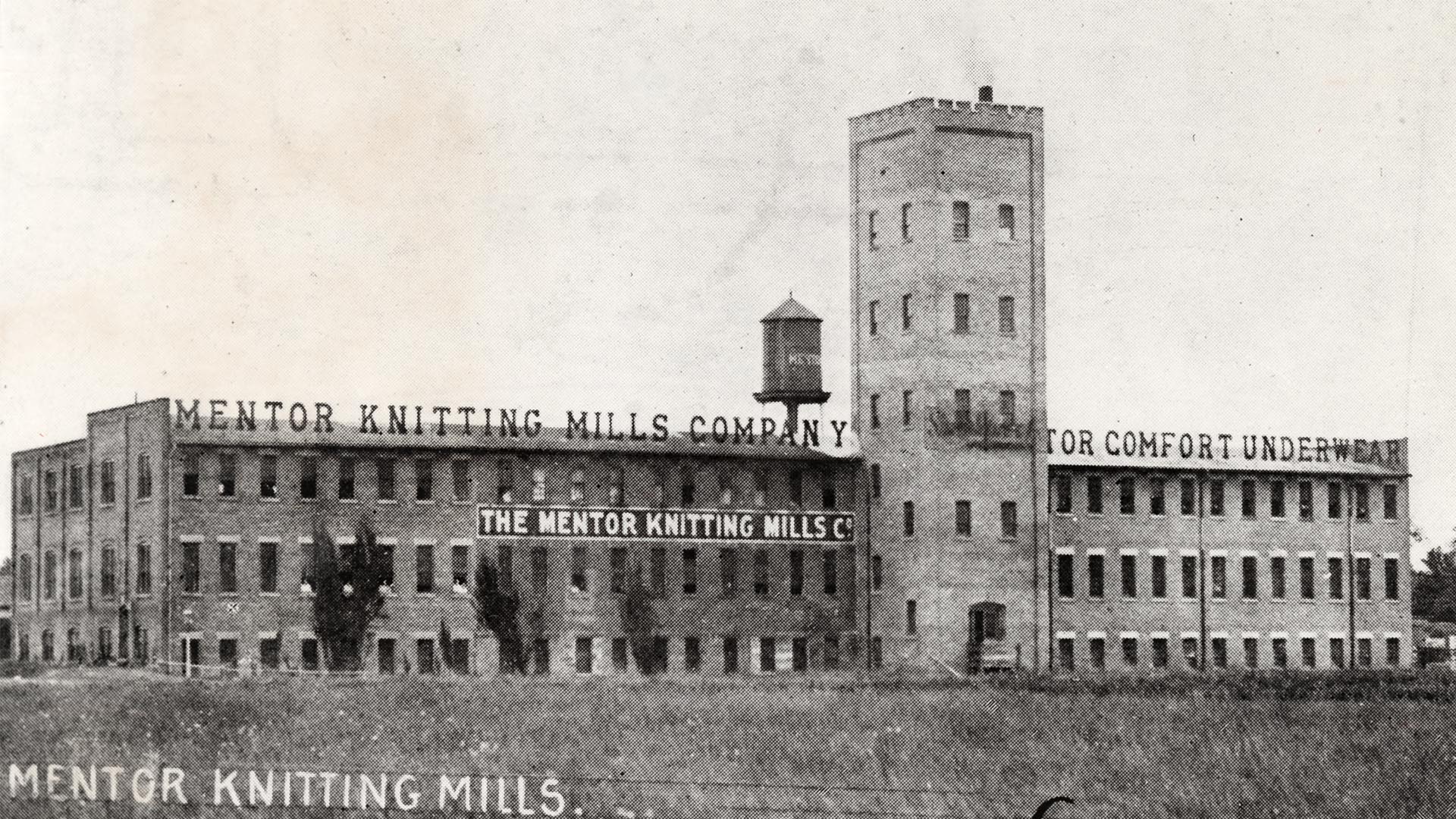
Mentor has a legacy of manufacturing as well as a track record of entrepreneurial spirit, but it might surprise many to learn that this tradition dates to the end of the Civil War.
The location of the city’s most prolific incubator got its start when the Hart Nut and Washer Company was incorporated on March 25, 1868, by Daniel B. Hart – a patentee of improved nuts and washers. A variety of other businesses occupied the space, the most recognized of which are the Mentor Knitting Mills and the Columbia Match Company.
In mid-80s, the building was converted to commercial office and restaurant space and was home to a number of small businesses including a little startup known as STERIS which still makes its home in Mentor.
For over a century and a half, the Matchworks Building has stood as a testament to Mentor’s enduring entrepreneurial spirit and manufacturing legacy…and serves as the creation space for tomorrow’s next big thing.
The Matchworks Building is located at 8500 Station Street, Mentor, OH 44060.
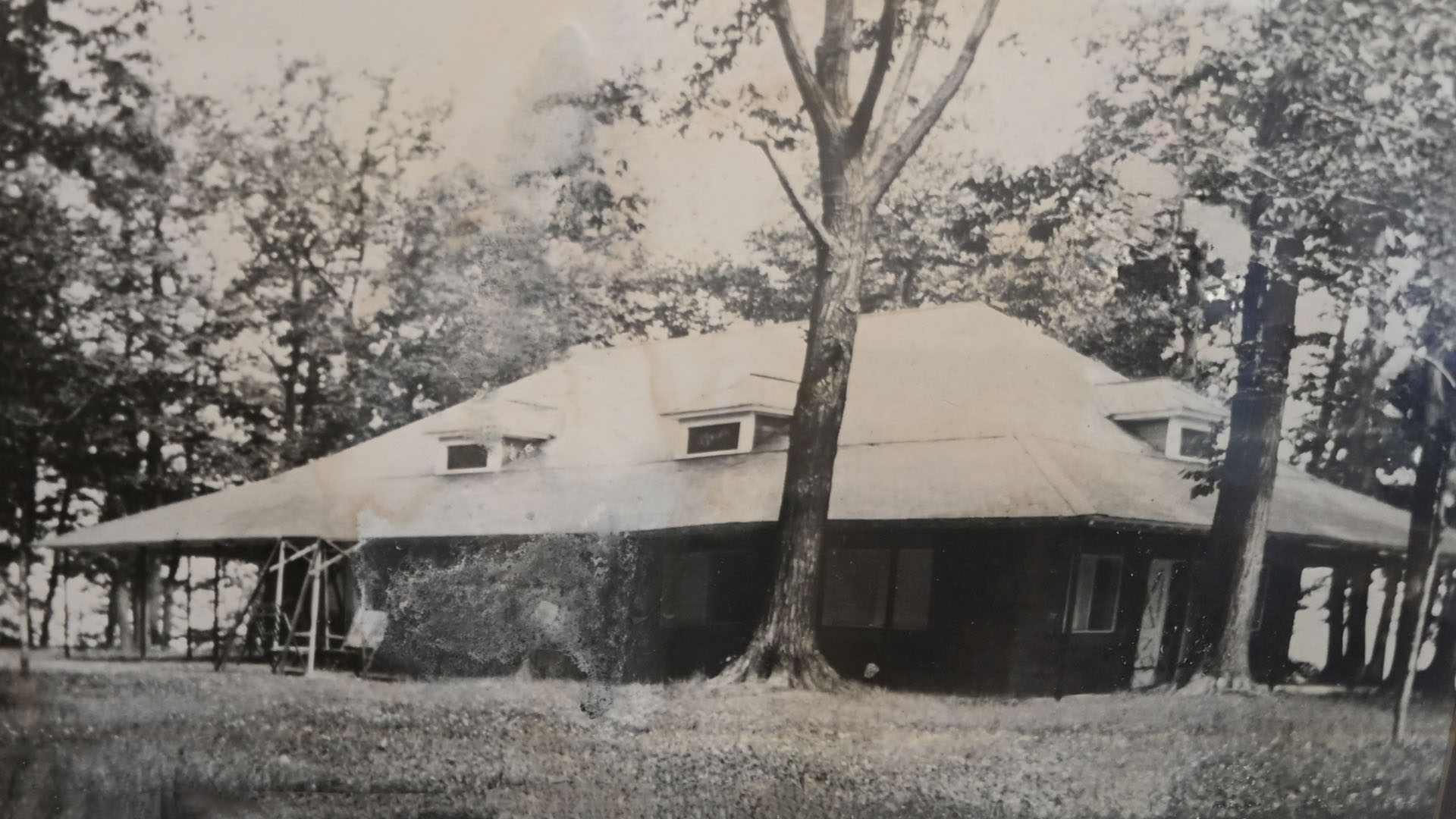
Back in 1899, Elizabeth Munson convinced Mentor Township voters to approve the purchase of 11 acres of land at Hopkins Point in the amount of $5,800 for the purpose of a park. Anna Hopkins sold her property and Mentor Township Park was established.
A wooden bath house was built sometime between 1902 and 1907. Bathers would deposit their street clothes into a wooden basket and received a round metal token as a receipt. In 1910, cribs were built along the water’s edge to create a long and wide beach.
Over the years, Lake Erie has had its way, and the once commanding beach has long since eroded. The carnival spirit of the strip may have faded but renewed investment in the area is spurring interest and growth.
For over 125 years, Mentor Beach Park’s scenic views and unique charm have attracted visitors from across the region and the banquet halls in the historic pavilion are still put to use today. The grounds continue to serve as a place where memories are made, and we’re reminded to thank Elizabeth Munson for her efforts as we enjoy each stirring sunset that washes over the waves as peals of laughter carry from the playground.
Mentor Beach Park is located at 7779 Lakeshore Blvd, Mentor-On-The-Lake, OH 44060.
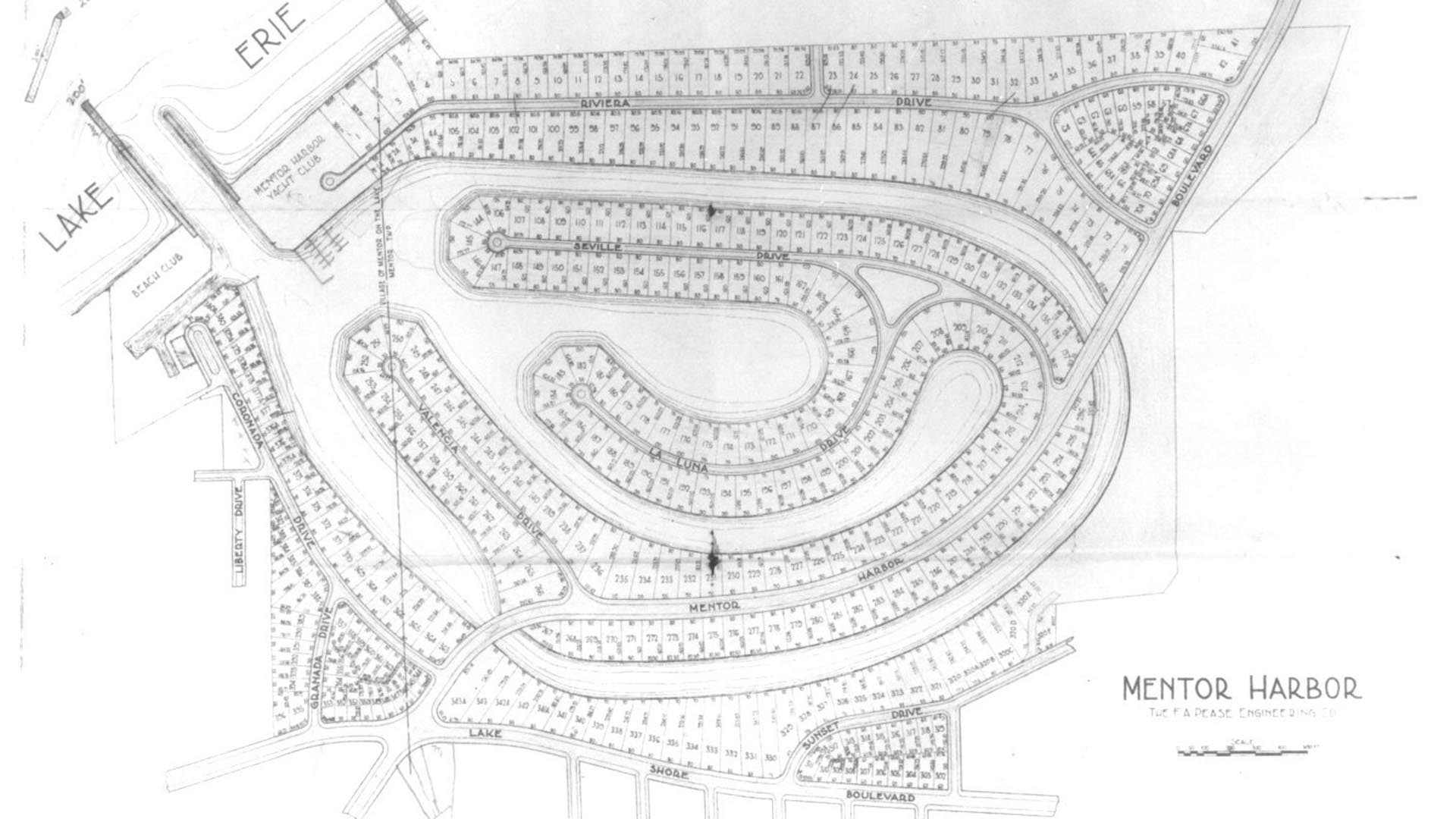
Daniel Parker built the first settlement in the area just south of the lagoons near what is now the intersection of Hopkins Road and Lake Shore Boulevard.
As early as the 1870s, there were plans to dredge out the Marsh basin and construct a large inland harbor.
By the turn of the 20th century, there even was talk of creating a steel manufacturing complex at this location. Major players in the steel, coal, and rail industries were involved, and those plans might have been realized had Peter Hitchcock not put a stop to them. For reasons unknown, he wouldn’t sell his 52-acres of property. His decision became known as “Hitchcock’s Holdup” and as a result, the steel plant was built in Lorain instead.
In the 1920s, a well-heeled group of Clevelanders formed the Mentor Harbor Club with the goal of creating the “Venice of the North” which would feature luxury homes with their own private docks as well as an adjoining private golf course. The harbor was dredged, the dock walls were put in place, and construction even began on a few of the homes. Over a million dollars were invested into the project until the stock market crash of 1929 halted development. A portion of the property became the Mentor Harbor Yacht Club; the remainder eventually became the Mentor Lagoons Marina which changed hands numerous times through the years…and over the years, other schemes were dreamed up as well including plans for a boatel and a harness racing track.
After years of private ownership, the property was acquired by the City of Mentor in the 1990s. The 450-acre parcel features areas of marsh, hardwood forest and wild beach and is a popular destination for hikers, bikers, boaters and birdwatchers.
Learn more at www.mentorlagoons.com.
The Mentor Lagoons Nature Preserve and Marina is located at 8365 Harbor Dr, Mentor, OH 44060.
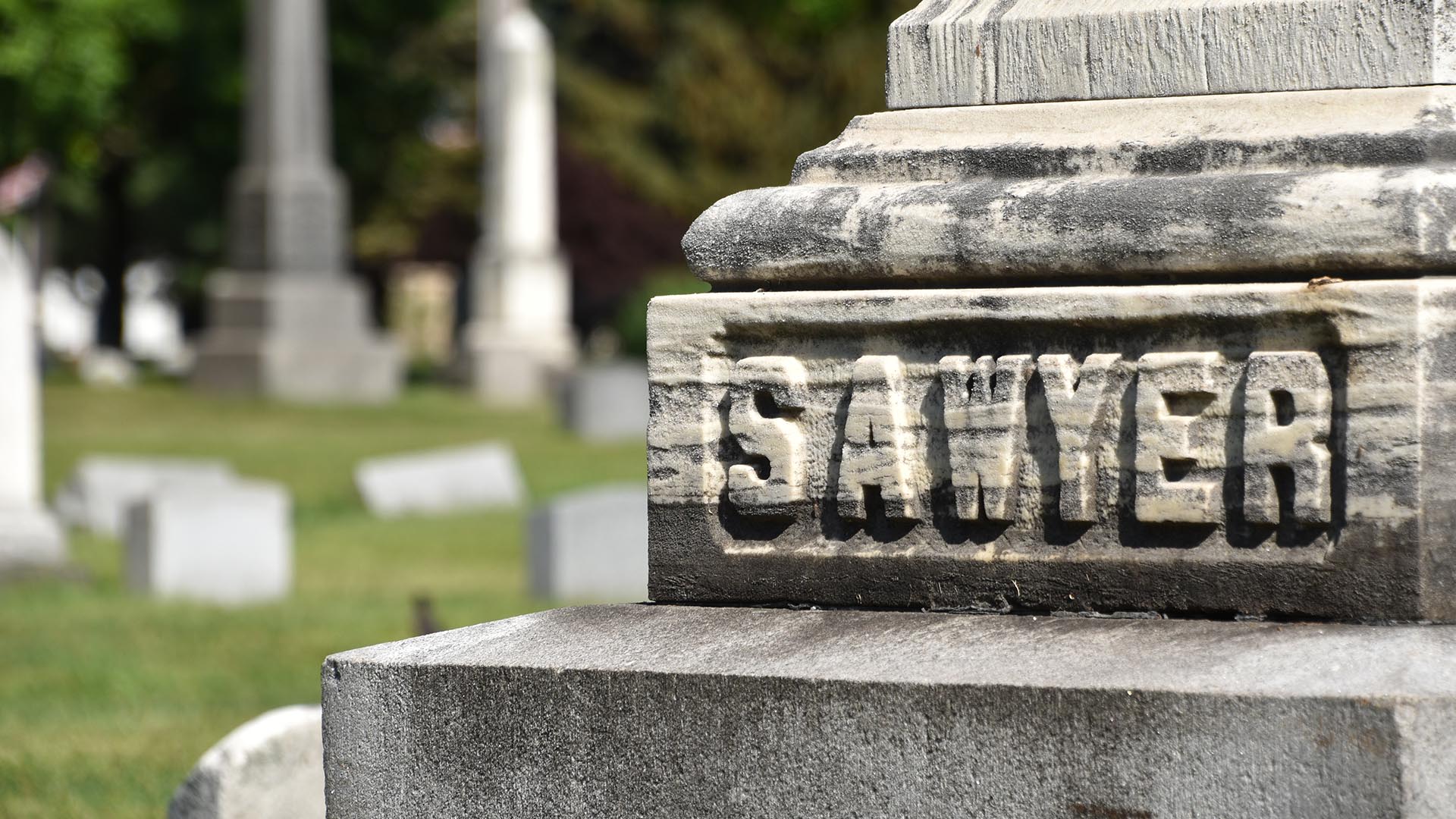
In 1854, a meeting was held at the Mentor Special District Schoolhouse on Hopkins Road to organize a Cemetery Association. The Association purchased ten acres of land “situated in the Jackson lot and lying on the road from Amasa Cobb’s corners to David Hopkins’ corners for the consideration of $400”.
Amasa Cobb (Section 2/Lot 007), died on March 16, 1855, and was the first Mentor resident to be buried in new cemetery. Since then, the cemetery has been expanded to sixty acres, and is the final resting place for many of Mentor’s original settlers.
Many of the older graves were moved to the “new” cemetery from small private cemeteries scattered throughout the community. Headstones of Revolutionary War Veterans Garrit Brass (1837) and Israel Fox (1832) were moved to the Mentor Cemetery, section 8, (and due to extreme deterioration were replaced). Fox is in Lot 63, Grave 2, right next to Brass, denoted as Row 13, stones 3 and 4. Others of note buried at the Mentor Municipal Cemetery include members of Mentor’s founding family, the Parkers. Clark was the younger brother of our first settler, Charles Parker, who came to the region with Moses Cleaveland’s surveying team in 1796 and 1797. Charles is credited with having built the first cabin in the Marsh in 1797; he was soon joined by his 16-year-old brother Clark. While the adventurous Charles left the area, Clark opted to remain in Mentor until his death in 1847 (Section 01/Lot 075).
Also buried in the cemetery are descendants of President James A Garfield, including James Rudolph Garfield who served as Secretary of the Interior under President Theodore Roosevelt (Section 15/Lot 074).
For additional information as well as online database of those interred, visit www.mentorcemetery.com.
The Mentor Municipal Cemetery is located at 6881 Hopkins Rd, Mentor, OH 44060.
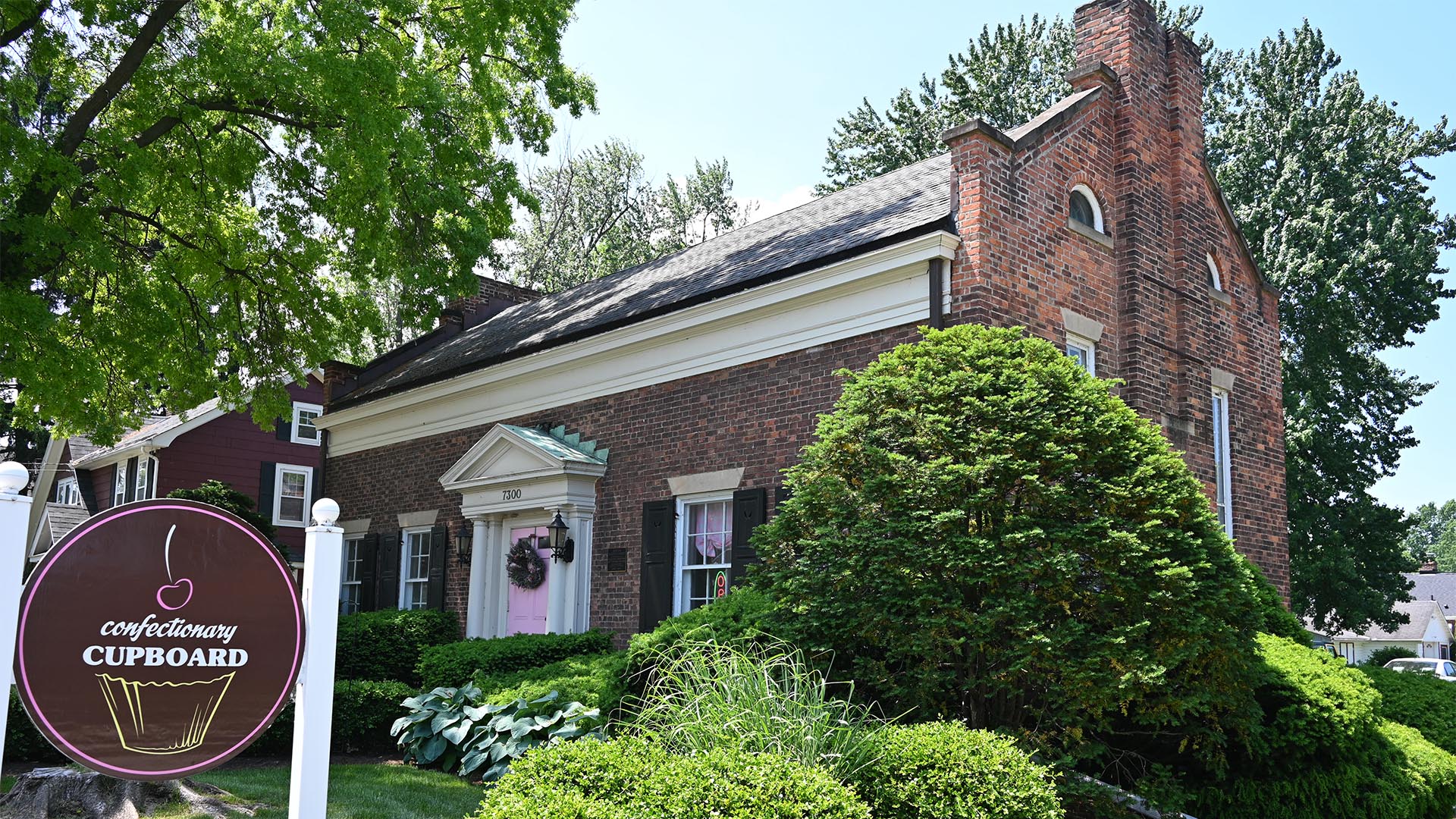
The Mentor Public Library was formed in February 1819 with just 79 volumes that were housed in private homes.
In 1889, residents established the Mentor Village Library Board. James R. Garfield, son of President Garfield, led the group with the purpose of constructing a public library building and reading room. Money for the new library was raised by Mentor citizens (led by Lucretia Garfield and family), and in 1903 the first permanent library building was dedicated at the northeast corner of Mentor Avenue & Center Street. The structure reflecting the New England style of architecture, was designed by another of President Garfield’s sons, Abram Garfield.
The building served Mentor for the next 57 years, with additions of electric lighting, plumbing and other modern conveniences. In 1956 voters passed a bond issue to build a new library and by the end of the next year, the Mentor Library opened in its current location at 8215 Mentor Avenue.
The old library, which is listed on the National Register of Historic Places, was relocated in 1960 to 7300 Center Street and is home to a bakery.
Learn more about the history of Mentor Public Library.
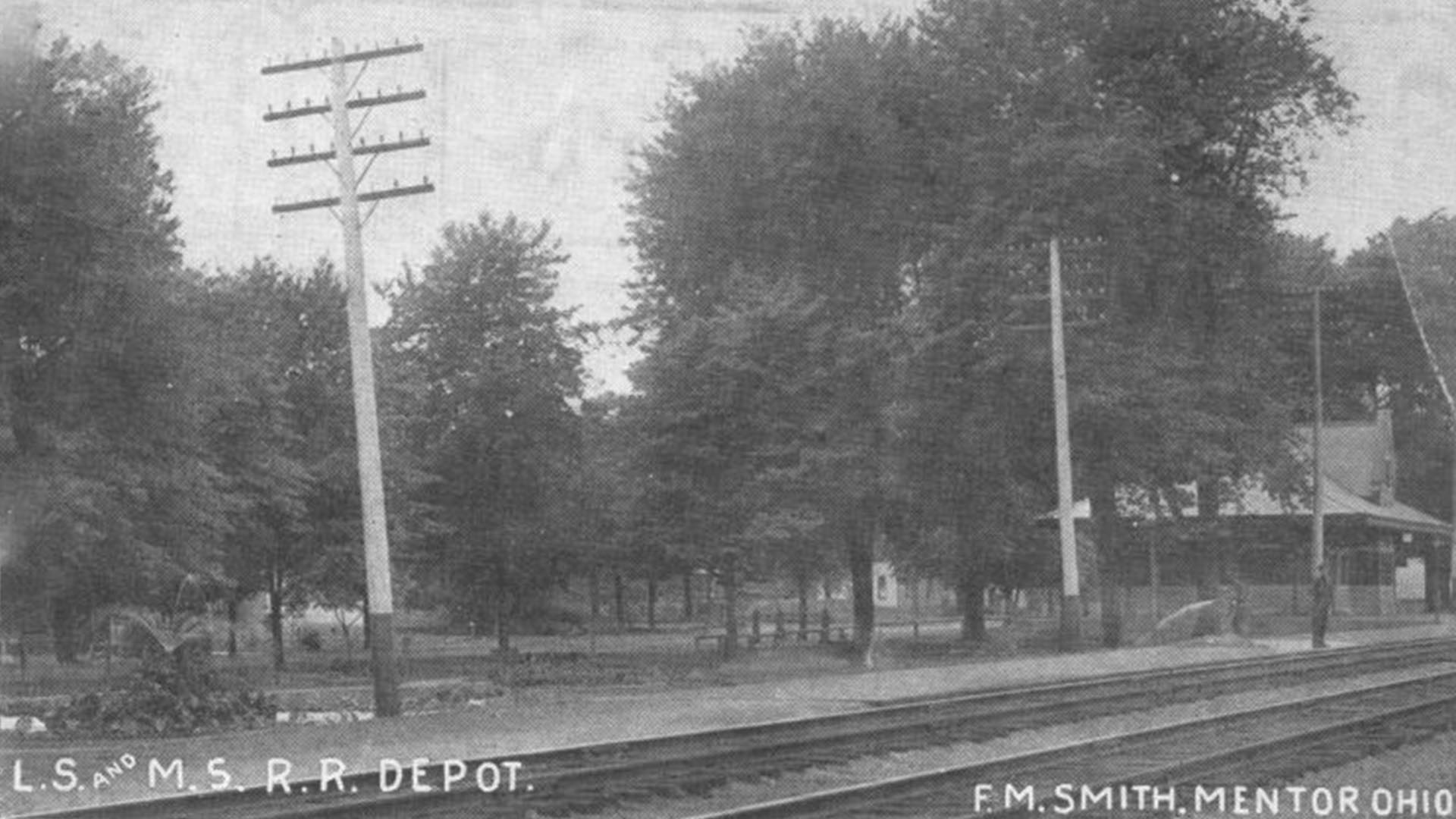
Before the invention of the automobile, rail was the way people traveled. In the 1850s the rails finally came through Mentor. By late 1852, a steam locomotive with cars could travel from Cleveland to the Pennsylvania line. The Mentor depot was located just east of Center Street. As rail travel became more available and more affordable, improvements were made to accommodate the growing industry. The passenger depot was opened in 1890 by the Lake Shore and Michigan Southern Railway, replacing an older depot on the same line which was sometimes frequented by President James A. Garfield.
A grim bit of Mentor history accompanies this site. The 20th Century Limited advertised as “The Most Famous Train in the World” catered to upper-class and business travelers. But even more appealing than luxury offered by the express passenger train, was the remarkable speed at which it traveled. The trip between New York City and Chicago was accomplished in just 18 hours. On June 21,1905, just before 9:30 PM a 20th century limited train was eastbound approaching the Mentor depot at approximately 70 mph when it hit an open switch. Jumping the track, it plowed a furrow 300 feet long and crashed into the freight depot located on the opposite side of the tracks. The crash destroyed the freight depot and caused the deaths of 19 passengers on the train. The brick freight house you see opposite the tracks was built in 1909 to replace the structure destroyed in the crash.
The station was acquired by the New York Central Railroad after merging with the LS&MS in 1914. Passenger service to Mentor ended in summer 1948. A variety of restaurants have operated in the space over since then.
It is located at 8455 Station St, Mentor, OH 44060.
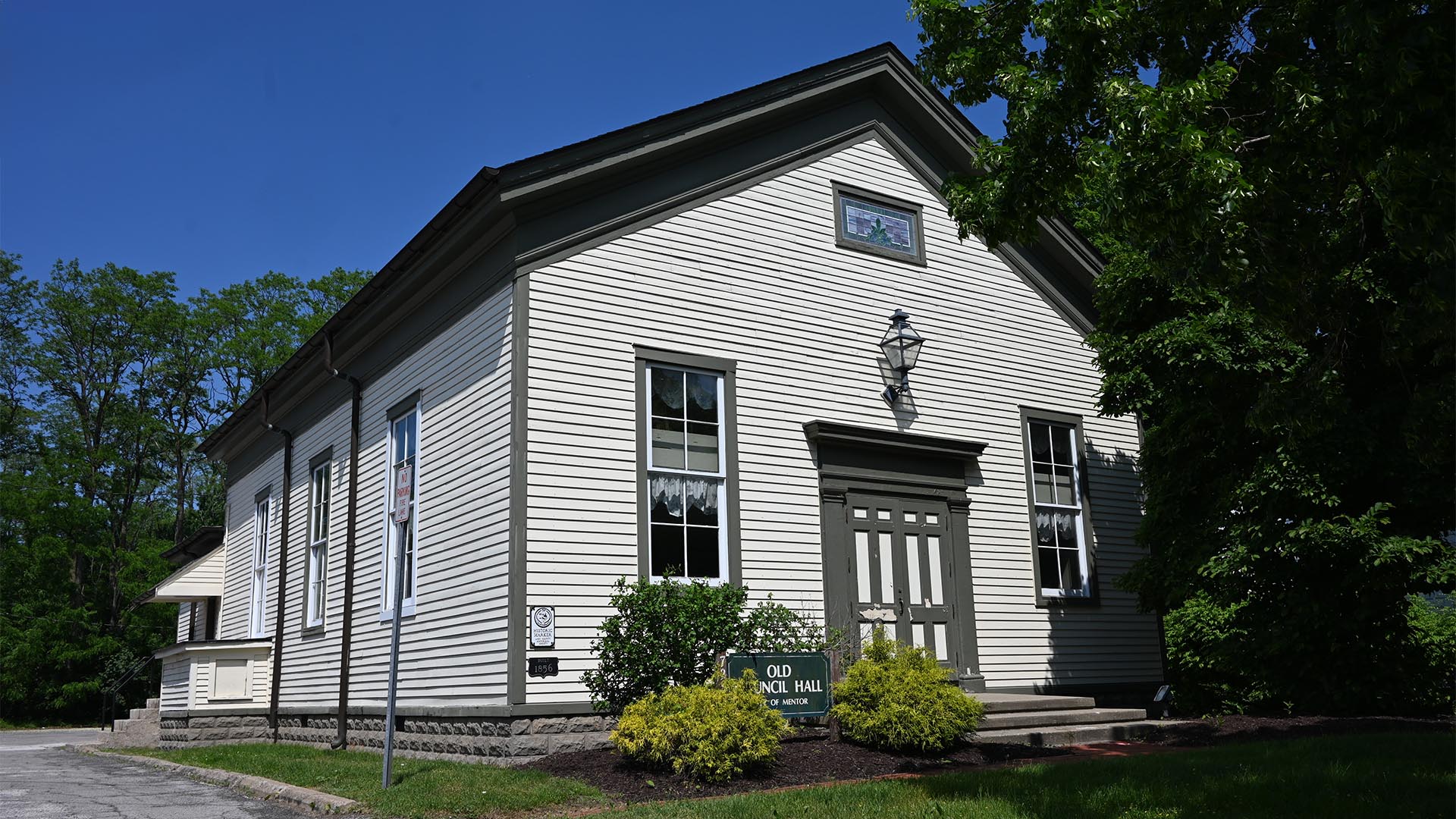
Imagine this historic structure with a steeple.
Old Council Hall was built in 1856 and has served many purposes throughout the history of Mentor. Originally constructed as the Disciples of Christ church, it was located just across the way at the northeast corner of Jackson Street and Mentor Avenue. Mentor resident and President James A. Garfield – the only U.S. President to also be an ordained minister, was a member and occasionally preached here.
In 1912 the old church, minus its steeple, was moved to its present location at 7250 Jackson Street, to make way for a larger (Disciples of Christ) Mentor Christian Church (which also still stands). The building served as the Mentor Township Hall until Mentor Village and Mentor Township merged to form the City of Mentor.
Over the years, Old Council Hall became run down and was slated for the wrecking ball but the Old Mentor Foundation stepped and persuaded the city to preserve the building as an historic structure which is still in use today.
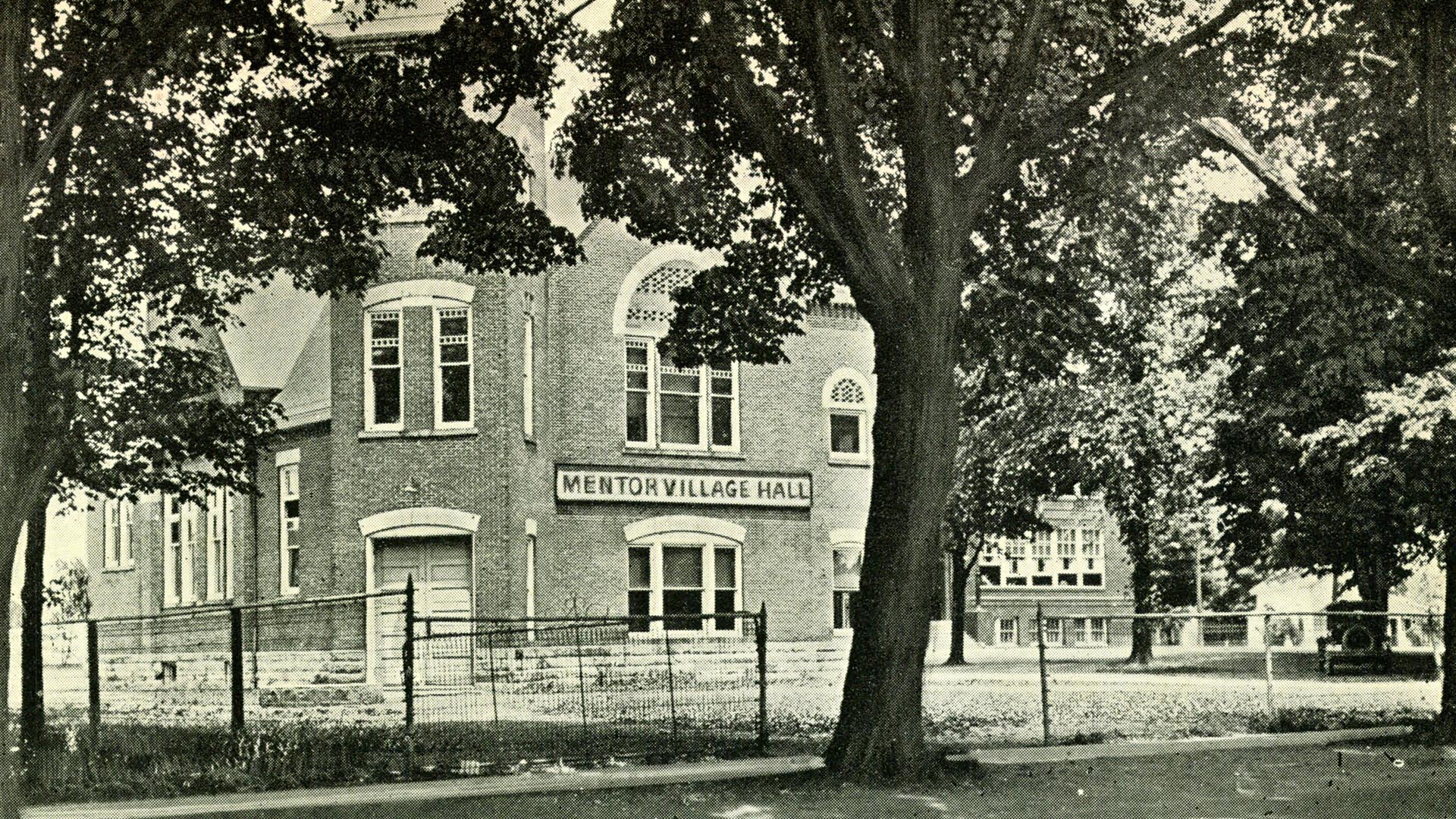
Old Village Hall was constructed in 1888 and served as the center of government for the village of Mentor until 1963, when it became Mentor’s first city hall.
The building served not only as the center of business for Mentor Village, but also as a post office, library, and gathering place for concerts, lectures and school graduation ceremonies.
As time went on, the structure was renovated and “updated” to serve the purpose necessary at the time. What remains inside is the original stonework, hardwood floors, hardwood paneling and wrought-iron door handles. The building is constructed in the” Queen Ann” style of architecture, which was very popular in the United States the late nineteenth century.
In 1976, city offices moved to the new municipal complex on Center Street. The building was sold and housed a number of businesses over the almost next 40 years. In 2013 NMS Inc, an accounting firm, acquired the building to use as their Mentor offices. They worked with the City on a plan to restore and preserve the building, and in 2014 Old Village Hall was added to the National Register of Historic Places. After a multiyear renovation and restoration of the historic gem, NMS held a ribbon cutting March 22, 2017. Today the building stands proudly restored to its former glory as a reminder of Mentor’s not so distant past.
Old Village Hall is located at 8383 Mentor Avenue, Mentor, OH 44060.
MENTOR VISITOR GUIDE
Download a copy of our newly updated Mentor Visitor Guide which contains information on restaurants, shopping, events, activities and more.
.

